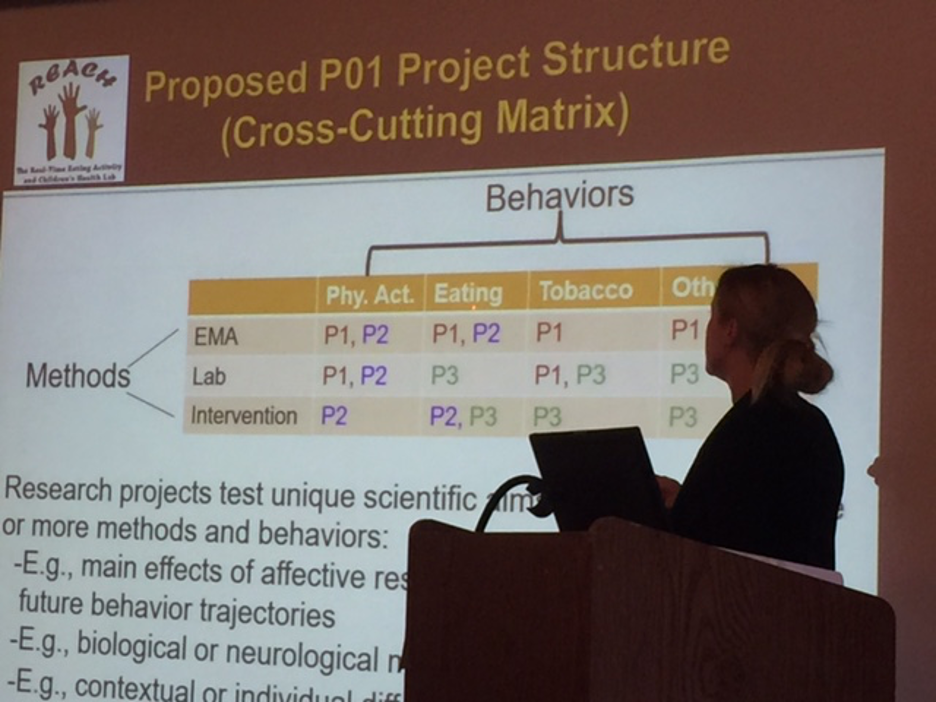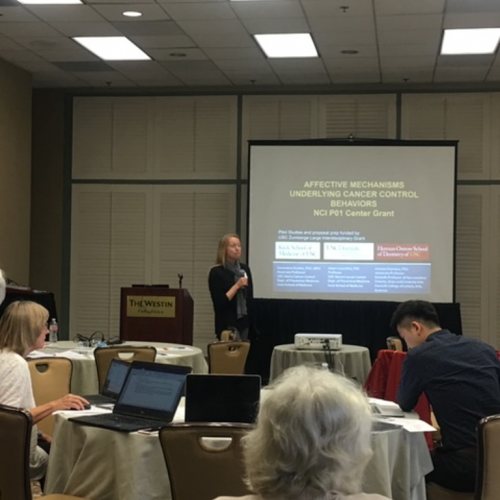USC Norris Comprehensive Cancer Center
An NCI-designated Comprehensive Cancer Center
Cancer Control Research Program
The Cancer Control Research (CCR) Program seeks to modify cancer risk behaviors, improve cancer screening, and enhance cancer survivorship. The overarching mission of the CCR Program is to reduce and eliminate cancer health disparities among the populations represented in the USC Norris catchment area, with implications for other populations globally. CCR members incorporate state-of-the-art technologies, such as geospatial analysis, telehealth, ecological momentary assessment, innovative narrative approaches (foto- and telenovelas), and social media interventions to accomplish this goal. Comprised of 34 members, CCR bridges adolescent and young adult (AYA) to adult cancers, with a focus on cancer risk behaviors and tumor types that are over-represented in our catchment area.
The program has two specific aims:
- To understand and modify cancer risk and improve cancer screening, with emphasis on cancer disparities.
- To assess and improve cancer outcomes and survivorship.

The program co-leaders, Myles Cockburn, PhD, and Jennifer Tsui, PhD, have complementary recognized expertise in cancer prevention and cancer survivorship. The 34 CCR members represent three schools and eight departments. In recent years, CR members obtained multiple K, R, and U grant awards, many in close collaboration with TACS and CE, the Office of Community Outreach and Engagement (COE), and the new Population Research and Data Science Shared Resources. Large collaborative grants led by CCR members address the cancer burden in the catchment area, including the renewed NCI U54 Tobacco Center for Regulatory Science (TCORS), the NIH U01 to develop mHealth interventions, and the NIH P30 on environmental risks for obesity in Hispanics. Recent achievements of the program include: Selected transformative achievements include:
-
- linking e-cigarette use with initiation of combustible tobacco products in teens, and documenting the respiratory effects of e-cigarette use;
- documenting the marketing of e-cigarettes to youth with claims of health benefits, which led to implementation of policies to limit youth access to e-cigarettes use in Los Angeles;
- evaluating and disseminating novel school-based skin cancer prevention interventions, and HPV vaccination interventions among Hispanics and underserved communities;
- revealing ethnic disparities in follow-up care among AYA cancer survivors; and
- documenting under-utilization of breast cancer genetic testing that might otherwise improve treatment options for women;
- documenting significant financial toxicity among AYAs, and the importance of including financial needs in future survivorship research and policy developments.

